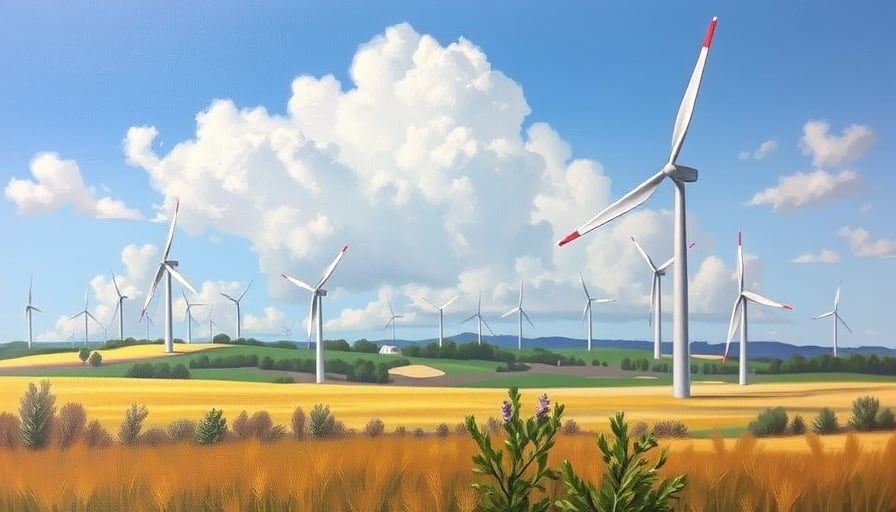Anhui Conch Cement Faces a Turning Point in a Stagnating Market
Anhui Conch Cement Co. Ltd. sits at the crossroads of an industry caught between a protracted price slump and an emergent green‑cement boom. Its stock, trading at HK$23.32 on 2025‑11‑06, has already oscillated within a 52‑week range of HK$18.70 to HK$25.90, a volatility that mirrors the broader market turbulence. With a market capitalisation of roughly HK$30.3 billion and a price‑to‑earnings ratio of 12.84, Conch is neither a bargain nor a premium; it is simply a company in need of decisive action.
The Industry’s Price‑Pressure Paradox
The latest data from the China Cement Association paints a grim picture: the national cement price index fell sharply from 386.52 on 1 April to 311.84 on 6 November. Demand has weakened while capacity remains oversupplied, a classic case of “over‑supply” driving prices down. According to the interview with a senior executive from Jinyu Jiedong (000401.SZ), the industry’s only viable escape is a two‑pronged strategy—government‑mandated capacity cuts coupled with market‑driven consolidation. Conch, with its extensive production lines and a diverse product mix—silicate cements, slag silicate cements, composite silicate cements, cement clinkers, and ancillary products—cannot ignore the call. Its current pricing trajectory is at risk of further erosion unless the company adopts a more aggressive stance on capacity management.
Green Cement: A Booming Opportunity
A report released on 2025‑11‑06 by Allied Market Research projects the green‑cement market to reach $86.2 billion worldwide by 2032, expanding at a 10.2 % CAGR. This growth is driven by increasing regulatory pressure and a shift towards low‑carbon construction materials. For a firm like Conch, whose core competencies already include slag‑based cements, the transition to green cement is not only feasible but strategically imperative. By leveraging its existing production infrastructure, Conch could pivot to fly‑ash or recycled‑aggregate based products, thereby positioning itself ahead of the regulatory curve and tapping into a rapidly expanding demand pool.
Competitive Landscape and Market Position
While the headlines on 7 November highlighted several A‑stock performers breaking their six‑month moving averages, Conch’s own performance remains muted in comparison. The company’s close price of HK$23.32 sits comfortably below its 52‑week high, suggesting that investors are waiting for a clear directional change. The lack of any significant price breakout or positive momentum in the current data set indicates that Conch’s market sentiment remains uncertain.
Potential Catalysts and Strategic Moves
Inner Mongolia’s recent capital injection—an 8.675 billion‑yuan investment—underscores the region’s commitment to expanding its industrial base, particularly in energy and new materials. Although Conch is headquartered in Wuhu, China, a strategic partnership or joint venture with a state‑backed Inner Mongolian enterprise could offer access to abundant coal, wind, and solar resources, thereby reducing raw‑material costs and enhancing the company’s sustainability credentials.
Moreover, the company could intensify its focus on high‑margin niche products—such as specialized silicate cements used in high‑strength or rapid‑setting applications—to differentiate itself from the broader cement market and capture higher price points. This, coupled with a disciplined approach to capacity rationalisation, would help Conch navigate the current price pressures.
Bottom Line
Anhui Conch Cement stands at a pivotal juncture. The industry’s price downturn, coupled with an oversupply of capacity, threatens its profitability, yet the green‑cement boom presents a tangible path to long‑term growth. The company’s current valuation reflects a market that is still ambivalent, waiting for concrete action. For investors and stakeholders alike, the question is whether Conch will seize the green opportunity and enforce a robust capacity‑cutting programme, or continue to drift in a stagnant market. The answer will determine whether the company remains a footnote in the cement industry or becomes a leading player in the next generation of construction materials.
